We know all the Indian jewelry pieces like bangles, anklets, rings, mangalsutra etc which Indian women wear. But did you know each of these ornaments symbolize something traditionally or culturally? Here are a few Indian jewelry pieces and their significance.
1. Earrings
A nerve connecting brain, cervical and kidney passes through the right ear and if the right amount of pressure is managed, it keeps the kidney and bladder healthy. It is also said that evil spirits can enter the body through its openings. Ornaments were worn to prevent that. So, apart from their acupuncture benefits, earrings were believed to work like a protector against evil.
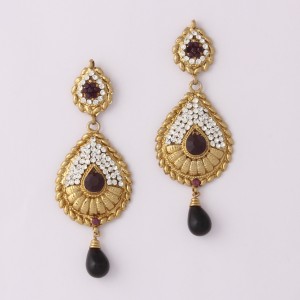
2. Nose Ring/ Nath
Ayurveda associates the spot where the nose is pierced with female reproductive organ. It claimed that women who have their nose pierced on the left side experience less menstrual pain and easier childbirth. It eventually went on to represent a bride’s virginity, where it is believed that a woman is no longer a virgin once her groom takes off her nath on the wedding night.
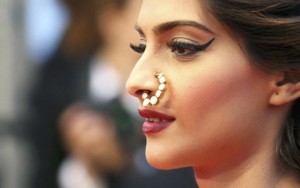
3. Bangles and Bajubandh
Because of their circular shape, bangles increase a woman’s blood circulation level and revert back the energy that is passing through her outer skin. Traditionally, bangles represent a charm of safety and luck for a married woman’s husband. In Bengal, the mother-in-law gifts their daughter-in-law an iron bangle plated with gold. Green bangles signify fertility and prosperity in southern India. The North Indian brides wear a chooda- a set of ivory and red bangles.
A bajuband or armlet signifies strength and ability- virtues that are vital for a bride.

4. Toe Rings
The theory says that a toe ring regularizes menstrual cycle with even intervals. The nerves in toes are connected to the uterus and pass through the heart. When a married woman wears these rings and does her regular chores, the friction revitalizes her reproductive organ. Also, these rings are made of silver and absorb energy from the earth and pass it to the body.
5. Ring
The nerve passing through the ring finger is evenly spread through brain neuron cells. Frequent metallic friction is good for the person’s health and helps them to handle life with ease and confidence. Also, ancient Romans believed that the vein in that finger runs directly to the heart.
6. Mangalsutra
Mangalsutra is also worn to control body pressure levels and regularise blood circulation. Traditionally, it is also a symbol of love and commitment between a couple and represents ‘suhaag’ of a married woman.
7. Kamarband (Belly belt)
Kamarbandhs prevent saturation of fat in the waist and maintain a woman’s figure. They are designed in a manner that allows you to hold a bunch of keys, thus signifying the assumption of authority at the bride’s new home.
8. Anklets
Payal or anklet is a traditional piece worn around the ankles, meant to announce arrival of the new bride in her husband’s house with its tinkling sound.
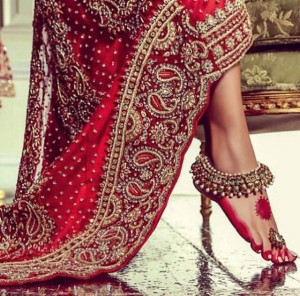
9. Mang Tikka
The point where a Mang Tikka falls is believed to be the ajna chakra, which in Sanskrit means “to know or perceive”. The chakra is represented by two petals signifying the holy union of male and female on a spiritual, physical and emotional level.
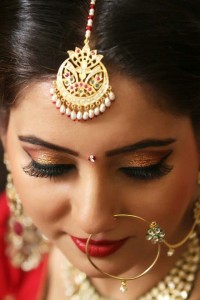

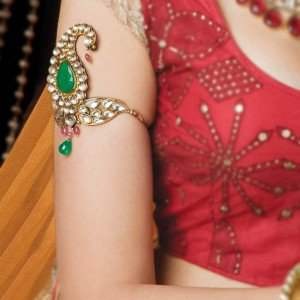
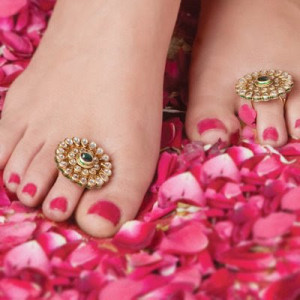


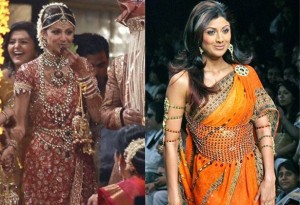
Share Your Views